Tag: Techniques
-

Self Care Comes First: A Larp and Convention Policy
in
Great work is being done in both the larp and gaming convention scene to improve player safety and comfort, but many of the techniques and methods becomes less effective if organizers and the community don’t communicate the importance of self care.
-
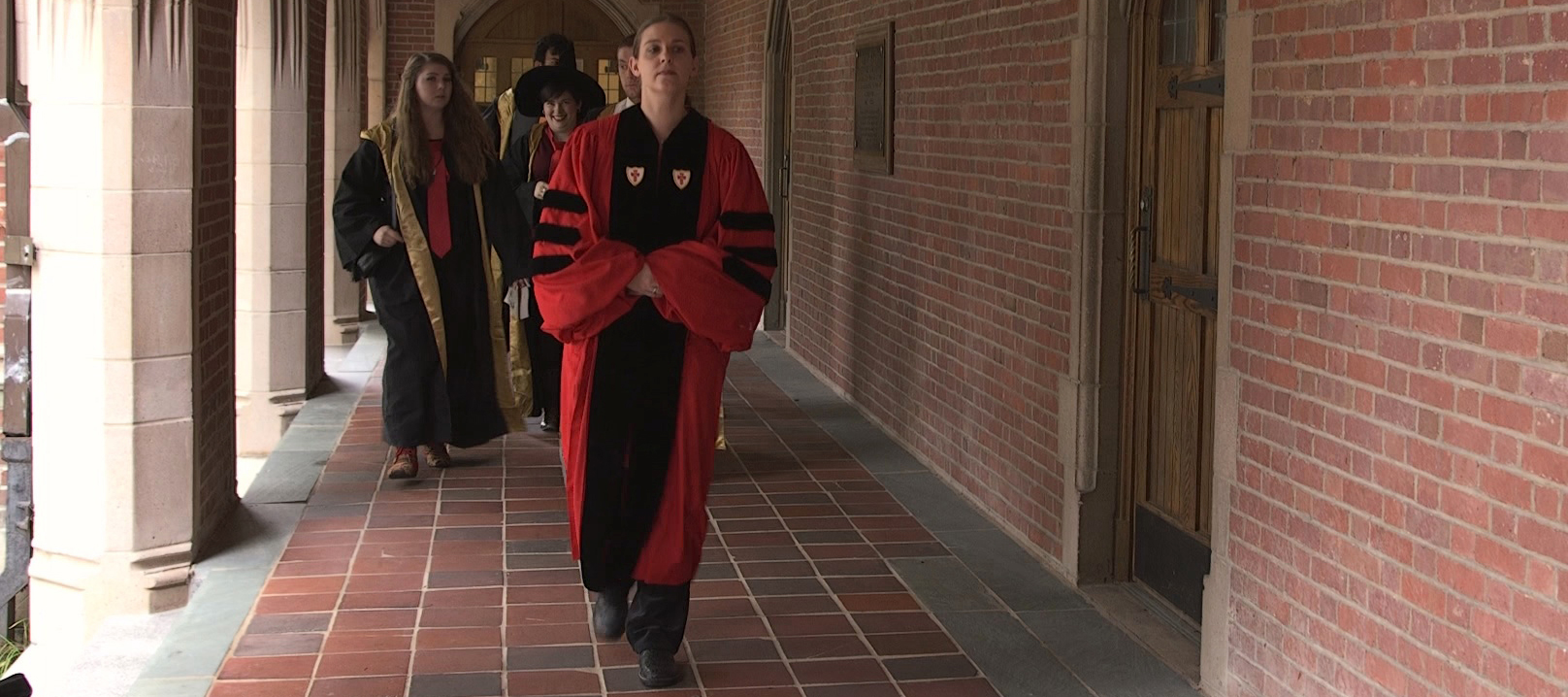
Creating Play in the Magical Classroom
in
Creating Play in the Magical Classroom is a multi-part guide to playing a teacher at the College of Wizardry and New World Magischola larps. While it was written specifically with these events in mind, it can be applied to many other larps and settings.
-
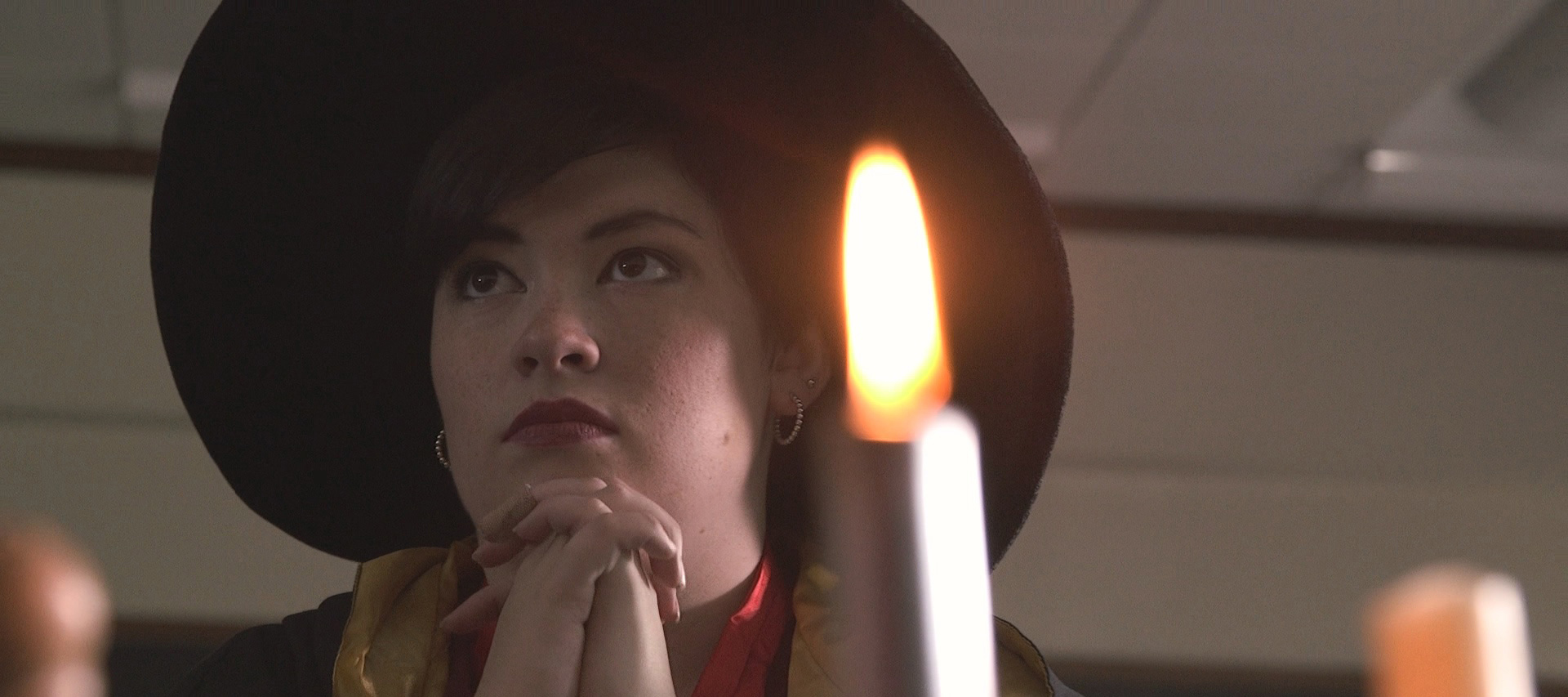
Creating Play in the Magical Classroom: Part 7
in
This final part of the series gives practical examples on how to apply the techniques and ideas explained in the previous parts.
-
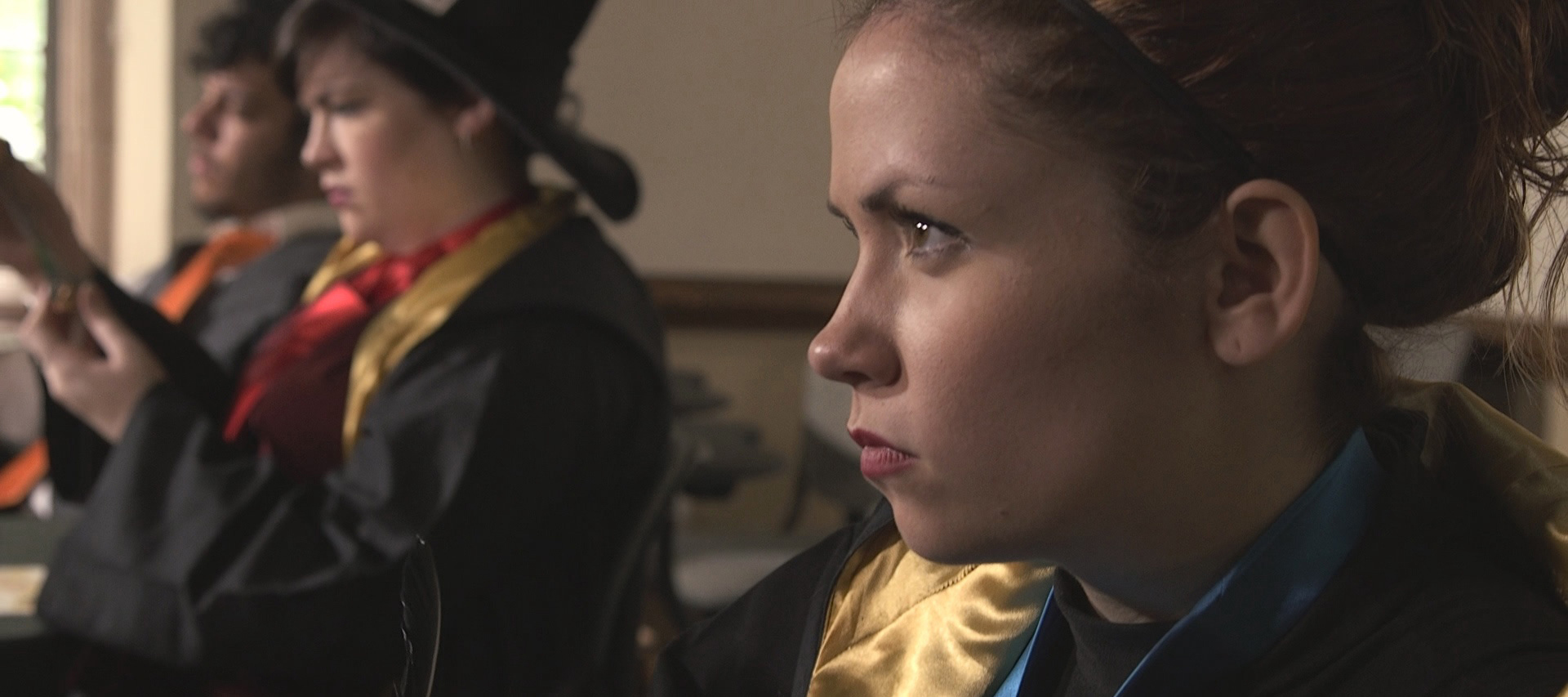
Creating Play in the Magical Classroom: Part 6
in
Most of the larp (but especially the last six hours of the game, when every remaining plot-line is culminating at the same time) will be great for students riding their respective plot trains, and an incoherent mess for anyone with some overview of the situation. (That’s people like you, because students will run up to…
-
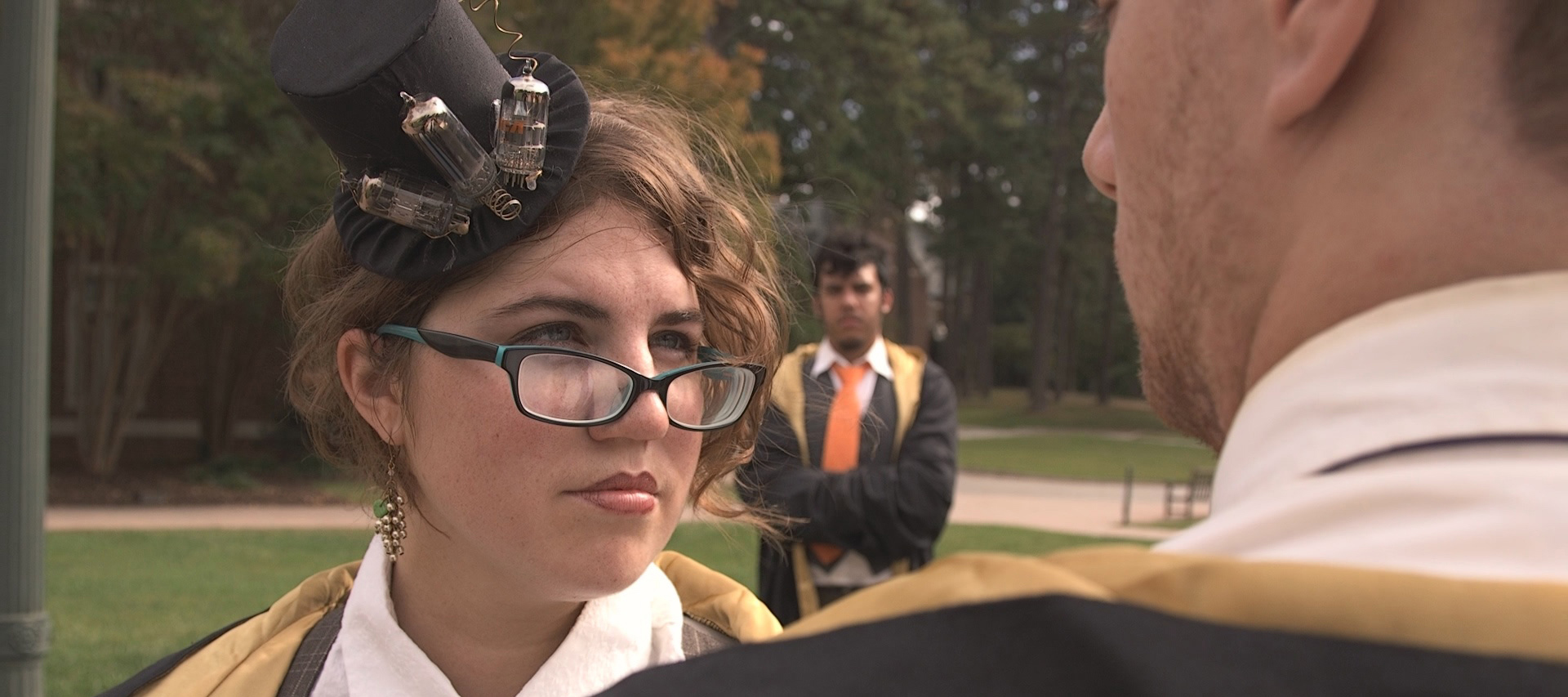
Creating Play in the Magical Classroom: Part 5
in
In this series, we have had lots of examples of what is encouraged play for professors. Here are a few examples of discouraged play. Professors sit in a position of authority and players (and characters) will be conditioned to obey them. This is good to an extent — the game needs to function and having…
-
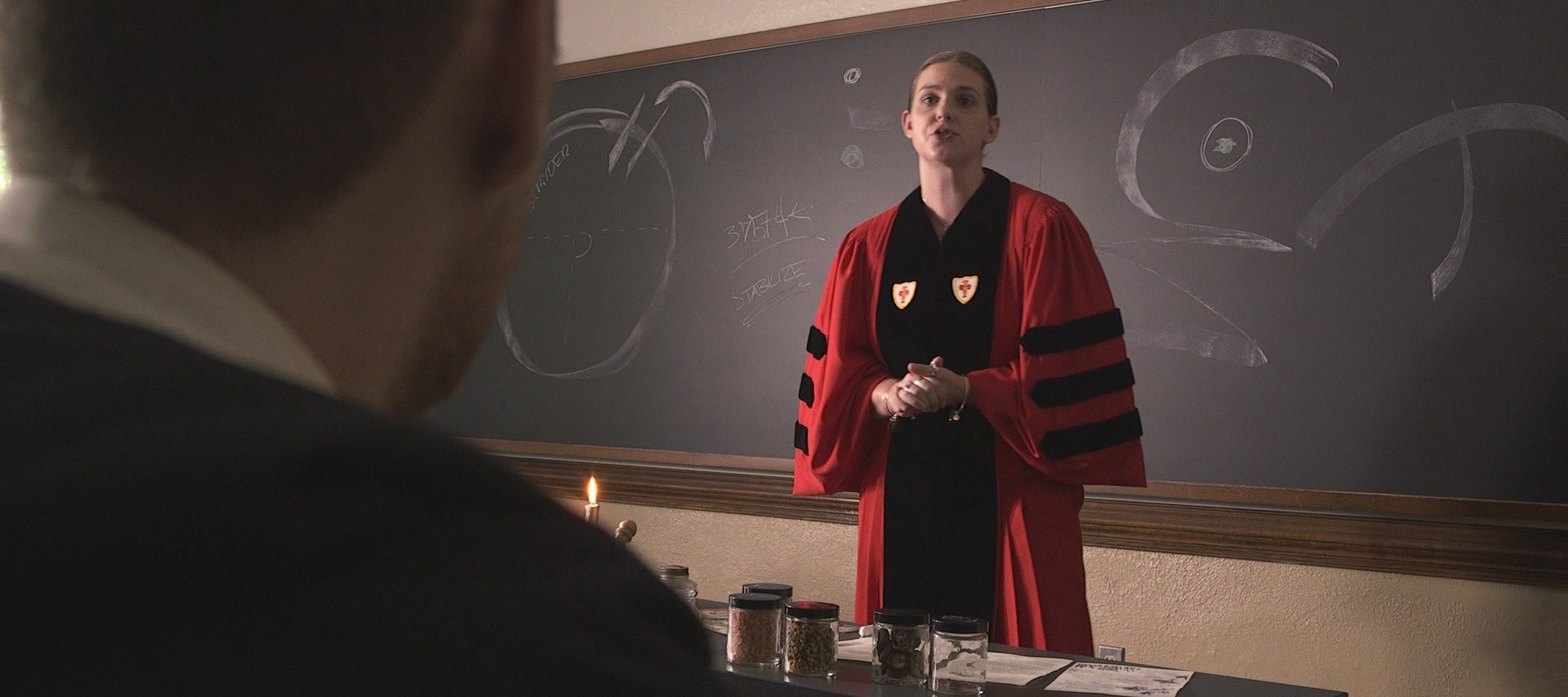
Creating Play in the Magical Classroom: Part 4
in
Magic school professors are inevitably strong characters. Whatever they are, they are to the extreme. Super wise, or bitter, or dotty, or eccentric. Actually, most of you can be eccentric, that just adds to the game.
-

Creating Play in the Magical Classroom: Part 3
in
As discussed in the previous section, a good class will provide players with something useful for the game as a whole: a deeper understanding of their own character, an opportunity to develop the relationships between their characters, knowledge or gossip that is actionable in the game, or a tool or a skill to bring into…
-
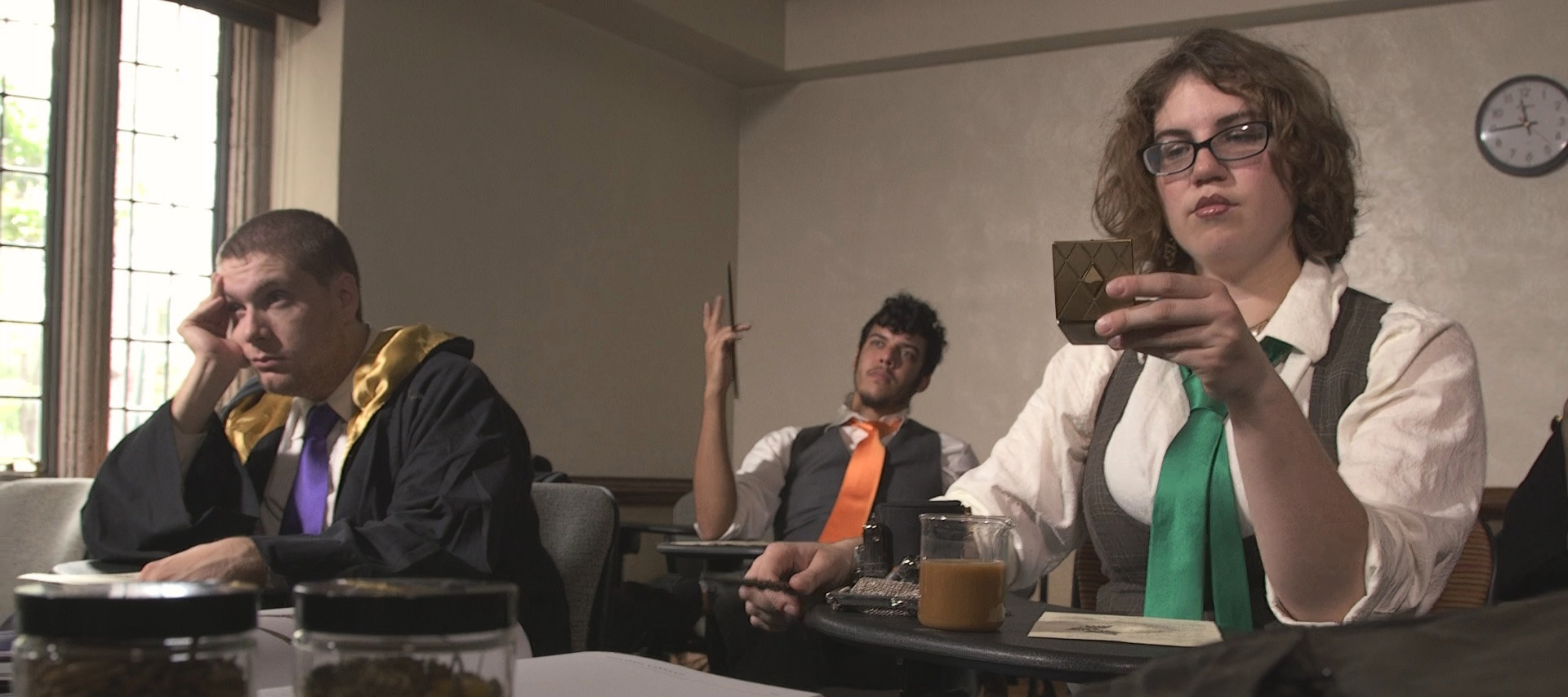
Creating Play in the Magical Classroom: Part 2
in
While the professor is the leader of the class, the professor is not putting on a one-person show for the entertainment of the students. The professor is a facilitator who is helping to promote interactivity, participation, collaboration, risk-taking, and play.
-

Creating Play in the Magical Classroom: Part 1
in
Playing a professor is great fun. You have the perfect excuse to play an over-the-top character and the classroom setting offers an entertaining combination of performance, run-time game mastering, and attentive, game-creating play.
